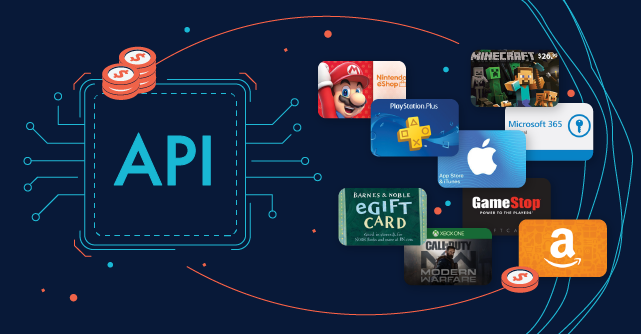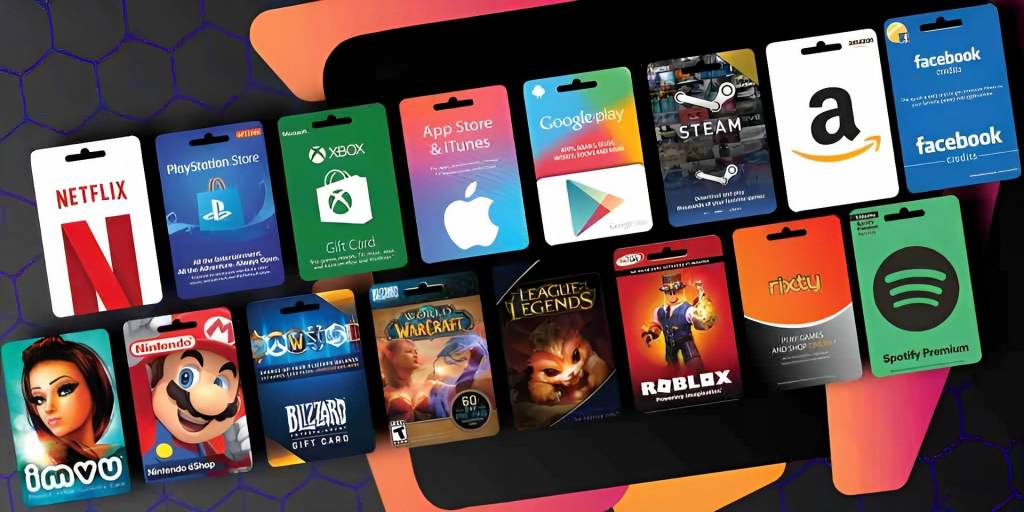A digital product strategy is a blueprint for creating valuable products and implementing digital transformation.
Importantly, this planning stage should come before anything else.
By envisaging the future lifecycle of a product, its value proposition, and target users, businesses can set themselves up to make decisions that better align customer and shareholder interests.
Only when thoroughly equipped with a clear digital product’s vision and its pathway for development can businesses create great and scalable products.
Indeed, vague digital product strategies, on the other hand, can hinder project development, contributing to the failure of the 95% of 30,000 products that launch yearly.
Today, there are numerous common components that are considered best practices when creating a digital product strategy. Some of the key components of this strategy include:
- How the product addresses customers’ pain points
- Exact details of product launch
- How it attracts and retains consumers
- How the product can grow rapidly and sustainably
We’ll go into complete detail of these factors and many more in this article.
Here, we’ll explain why a digital product strategy is a crucial foundation of product architecture, outlines steps to creating an effective one, and lists low-code plugin solutions for product strategy execution.
What is a Digital Product Strategy?
A digital product strategy is the vision and destination of a product.
It is a plan that encompasses the lifecycle of a product, from research to distribution, as well as the required inputs from team members. A product strategy can be focused on one project or a set of products at the epicenter of a business’s digital transformation.
Generally, a digital product strategy comprises components such as:
- The problems the products solve, and the jobs it does for the customer and their motivation to purchase it
- A product vision and its alignment with the company’s overarching vision
- The unique selling propositions that give the product a competitive edge
- The product-market-fit
- Cost and time implications
- The challenge for team members, and the actions to be taken
- Key Performance Indexes to track and measure the product development and growth
For a holistic digital product strategy, team members must itemize questions around the product, their business, and the target market.
Why Does a Digital Product Strategy Framework Matter?
A digital product strategy helps products launch successfully and scale sustainably.
Creating one is beneficial because it:
- Provides a structured process: Haphazard planning is the bane of most product failures. With a proper digital product strategy framework, team members can comply with unified approaches, timelines, and roadmaps
- Optimizes performance: A digital product strategy provides clarity and focus for team members. With objectives and corresponding duties delineated, strategic actions are directed to achieving a mission
- Helps develop impactful products: Impactful products solve customer problems. By meeting and exceeding consumer expectations, products can acquire and retain more customers. A digital product strategy provides the framework for great products.
- Aids growth and sustainability: A product strategy framework transverses the product lifecycle from ideation to the market. Since data and research are key components of a digital product strategy framework, businesses can constantly evaluate performance, market trends, and consumer demands to iterate and optimize product performance.
A digital product strategy framework could be the difference between products that fail and products that thrive.
Steps to Creating a Digital Product Strategy
An effective digital product strategy must be meticulously and inclusively prepared. It must be premised on factors and variables from different stages of product development, including team members involved.
The steps to creating a digital product strategy include:
Research and Goal-setting
A product strategy is a framework for achieving goals for the product and the business.
Thus, the team must establish clear goals and an overarching vision for the product cutting across the target market, the customer needs and challenges, the product vision, and anticipated revenue.
The goals should revolve around research – and data exploration – into the product, the customer, and the market.
Competitor Analysis
A comprehensive digital product strategy framework should include an in-depth analysis of competitors in the same industry and market.
By analyzing their products and propositions, companies can identify the strengths and weaknesses of existing products and use them as a benchmark for theirs.
User Research
Products that excel address customer needs.
An ideal product roadmap revolves around well-conducted user research that unravels who the user is — the user persona, understanding their needs through market research, conducting interviews, and listing their pain points and desires in products.
Also, user research lays the foundation for future product evolution as consumer preferences change, ensuring that products can be tweaked strategically.
Product Positioning
A synergy of user research and competitor analysis helps determine the product-market fit and unique selling propositions.
With an in-depth comprehension of user needs and a grasp of market gaps, businesses can plug existing demands and communicate their value to customers.
Product positioning also ripples through every aspect of the product life cycle, from development to marketing
Implementation and Performance Tracking
With a digital product strategy in place, businesses can begin to implement an aligned and cohesive approach. Every team member should work towards the same vision while deploying an agile methodology that keys into emerging data and market changes
Furthermore, product teams must set out key performance indexes(KPI) to track and measure product growth and development.
Implementing Digital Product Strategy with Low-code Plugin Solutions
Creating a digital product strategy gives every business a competitive edge, but effective execution is the game-changer.
To implement a digital strategy, businesses must consider different components of the product lifecycle, such as management, marketing, and technical development. Of the components of digital product strategies, managing technical proficiencies are often the most challenging.
Whether businesses are looking to create internal products for increased efficiency or establish new streams of income, low-code plugins are effective solutions to technical challenges in a product life cycle.
Low-code development tools accelerate product development. Also, they help create complete product strategy frameworks faster by reducing costs and research burdens.
Businesses looking to create innovative products should ideally explore low-code plugins that enable them to move from idea to market successfully, and many of the low-code APIs available today can be easily integrated into existing digital platforms.
Here is a list of some easily integratable, low-code APIs that your business can use.
Airtime and Data Bundles APIs
Airtime has become a multi-purpose currency. It can be liquidated to cash, used for remittances, disseminated as an incentive, and distributed to multiple recipients simultaneously.
Airtime money transfer has become a crucial component of the global payments system, and with an ever-expanding market, more businesses can create digital products based on airtime services. Products they can build with an airtime API include:
- Top-up services
- Cryptocurrency for airtime exchanges
- International mobile top-ups and remittances
- Wide-scale distribution for other companies
Similar to airtime are data bundles. Data bundles sales – locally and internationally – are a valuable add-on service to most businesses. Valued by mobile game studios, cryptocurrency companies, social media platforms, and digital research firms, data bundle APIs are low-code plugin tools that can be used to offer value to the market.
Digital Gift Card APIs
Digital gift card APIs are low-code tools that can accelerate the creation and development of an innovative and scalable product strategy. With the increasing demand for digital gift cards in an expanding gift card economy, businesses can serve a teeming market all year round by integrating a gift card API.
Uses of digital gift card APIs include:
- Reselling gift cards
- Incentivizing customers and increasing engagement
- Increasing marketing and sales conversions
- Processing payments
Bills and Utility Payments APIs
Tracking and keeping records of utility payments is difficult for customers and utility payment companies alike, opening a pathway for businesses to offer bill payment aggregator services through a utility payment API.
By offering convenient payment methods and processors for end-users and recipient businesses, businesses offer a digital product that is scalable, profitable, and impactful.
Final Thoughts
Digital product strategies are the architecture of successful products, and their successful execution is dependent on an aligned operation between managers, designers, engineers, and marketers
While technical requirements are most challenging, low-code plugin solutions are viable tools to circumvent complex product strategy and development processes, getting companies to plan, build and bring their product to market faster.
Contact the Reloadly support team if you are interested in creating a scalable digital product with effective and easy-to-integrate low-code APIs.



